Geometallurgy is the process of combining geological, mineralogical, and metallurgical data in three dimensions to build a spatially aware mineral processing model. A geometallurgical model is an extension of a mineral resource or reserve model, and while geometallurgy began as a subdiscipline of mineral processing, it has grown into a separate discipline that promises to provide multiple benefits throughout the mine's life cycle. During the last ten years, the geometallurgy specialisation has grown significantly in prominence.
Mineral processing is the study and practice of treating ores from mines in order to remove precious minerals from waste rock. It encompasses ways for producing a more concentrated material for the following extractive metallurgy procedures. Leaching and flotation are the two basic methods for increasing mineral concentration. Many countries have focused their study on the mining and mineral processing industries as a result of growing sustainability concerns related to global warming and climate change.
Hydrometallurgy is the process of recovering metals from ores, concentrates, and recycled or residual materials using aqueous chemistry. This method is used to extract metals that are less electro positive or reactive, such as gold and silver. The three main areas of hydrometallurgy are (1) leaching, (2) solution concentration and purification, and (3) metal recovery. Hydrometallurgy has developed as an alternative to, as well as a supplement to, pyrometallurgical metal recovery.
Biometallurgy is a term that refers to the processes of bioleaching, biosorption, and bioaccumulation. Bioleaching is the process of naturally occurring microorganisms dissolving metals from their mineral sources, or the use of microorganisms to excrete organic acids and other components that are utilised to solubilize elements so that they can be recovered from a substance. This process can be triggered either directly by microbial metabolism or indirectly by metabolic products. Microbial mining, oil recovery, bioleaching, water treatment, waste recycling, crucial metal recycling, and other processes involving metals are all examples of biometallurgy applications. The principal application of biometallurgy is the recovery of valuable metals from their ores.
Pyrometallurgy is the process of treating ores at high temperatures to convert them into raw metals or intermediate compounds for further refinement. Pyrometallurgy is an extractive metallurgy branch. Thermal treatment of minerals, metallurgical ores, and concentrates is used to cause physical and chemical changes in the materials, allowing valuable metals to be recovered. Pyrometallurgical treatment can result in commercially viable products such as pure metals, intermediate compounds, or alloys that can be used as feedstock for further processing.
- Geostatistics
- Geology
- Metallurgy
- Metal ore extraction
- Interaction of microorganisms with metals
- Electrometallurgy
- Phytometallurgy
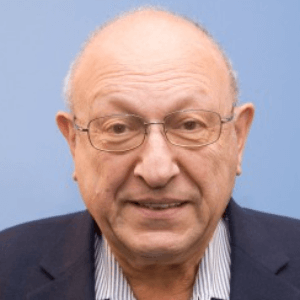
Ephraim Suhir
Portland State University, United States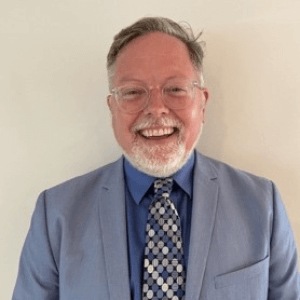
Thomas J Webster
Interstellar Therapeutics, United States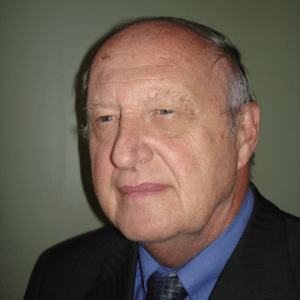
Robert Buenker
University of Wuppertal, Germany
Will Skene
Montreal University, Canada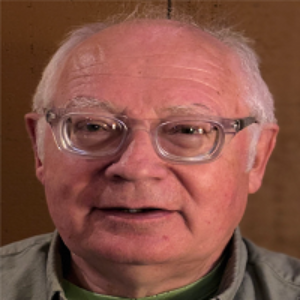
Valeriy A Buryachenko
Micromechanics & Composites LLC, United States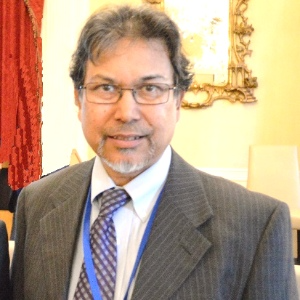
Anis Rahman
Applied Research & Photonics, Inc, United States
Will Skene
Montreal University, Canada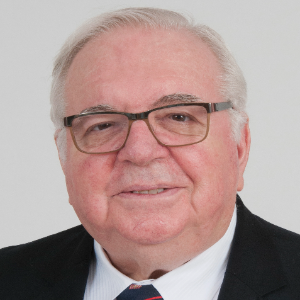
Robert Guidoin
Laval University, Canada
Robert Buenker
University of Wuppertal, Germany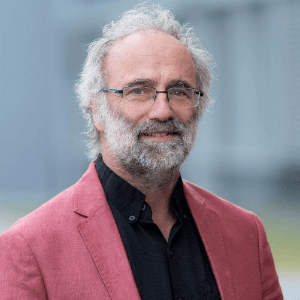


Title : Introducing picotechnology: An exciting extension of nanotechnology
Thomas J Webster, Interstellar Therapeutics, United States
Title : The failure of both einsteins space-time theory and his equivalence principle and their resolution by the uniform scaling method
Robert Buenker, University of Wuppertal, Germany
Title : Material challenges with proton conducting ceramics for intermediate temperature hydrogenation/dehydrogenation applications
Saheli Biswas, Commonwealth Scientific and Industrial Research Organisation, Australia
Title : Porphyrin layers at metal-electrolyte interfaces monitored by EC-STM and CV
Marek Nowicki, University of Wroclaw, Poland
Title : Color control of electrochromes by structural modification
Will Skene, Montreal University, Canada
Title : Make experiments more efficient: Two simple and powerful approaches. Mg2Si growth for photovoltaic and thermoelectric applications
Alexander S Gouralnik , Institute of Automation and Control Processes, Russian Federation
Title : Reconfigurable antenna structures using tunable materials
Nasimuddin, Institute for Infocomm Research, Singapore
Title : (0, 1 and 2) Dimensional hybrid architecture of the synthesized materials leads the smart sensing of the gaseous species at low/room temperature
D R Patil, North Maharashtra University, India
Title : Enhanced grain refinement, precipitates regulation, and improved mechanical properties of cast Al-Li alloy by Ti addition and heat treatment
Lixiong Shao, Shanghai Jiao Tong University, China
Title : Broadband sound attenuation of shape memory polymer with triangular-honeycomb unit cell metamaterial structural design
Musaab Ejaz, Universiti Teknologi PETRONAS (UTP), Malaysia